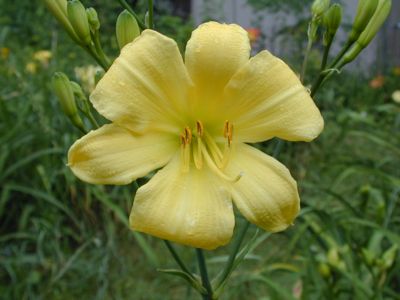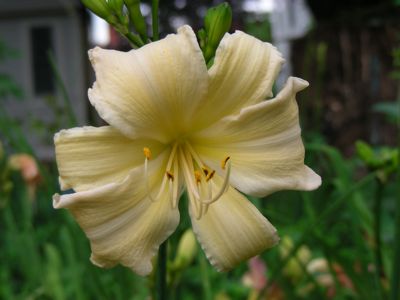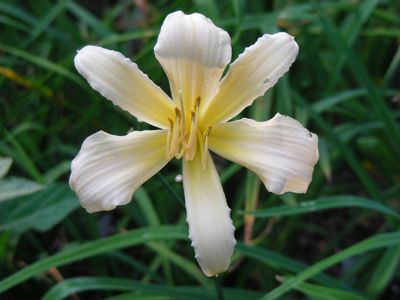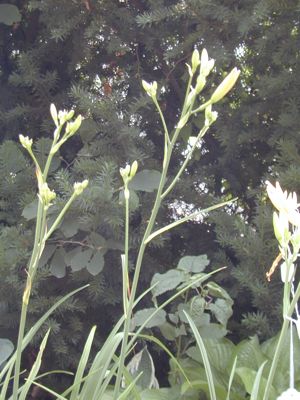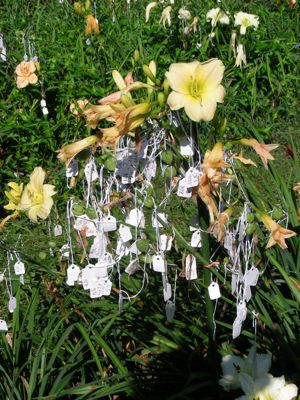2010 Introductions
 This year, for the first time, I'm introducing six varieties. Three from my long-running Continuous Rebloomer lines, including my first two pinks. And at long last I'm able to introduce some hybrids from my newer goals, Dark Scapes and Tall and Small.
This year, for the first time, I'm introducing six varieties. Three from my long-running Continuous Rebloomer lines, including my first two pinks. And at long last I'm able to introduce some hybrids from my newer goals, Dark Scapes and Tall and Small.
As a small-scale breeder, I don't introduce a fixed number each year: I introduce only the exceptional. And I have to wait until I have a supply. That would take a long time in my poor garden: I'm indebted to Bob Sobek, Martin Kamensky, Mike Derrow, and Carl & Marlene Harmon for increasing my seedlings.
I've been inspired by H. A. Fischer's hybridizing of tall and small flowers such as Corky and Golden Chimes. These have graceful, swaying scapes with lots of branches and buds and extraordinary plant characteristics. Unfortunately, he stopped about 40 years ago. Bob Sobek has worked in a similar vein with Aerial and Echo The Sun. Now I'm taking the tall and small theme beyond the merely yellow: into creams and melons and towards white and pink. Along the way, I am introducing rebloom into these lines. Aerial already has some darkness in its scapes: I'm increasing the darkness and bringing the flower colors and forms into more modern directions.
Continuous rebloomers have been my main focus, and this year I'm introducing light pinks with good colors. The Apps continuous rebloomers, while excellent plants, have usually lacked the light, clear colors we crave.
And finally, I'm introducing some of these because not only are they exceptional garden plants, but they are excellent breeders passing on rebloom, dark scapes, melon (in addition to yellow) and good branching.
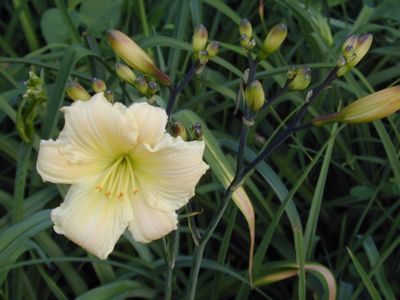
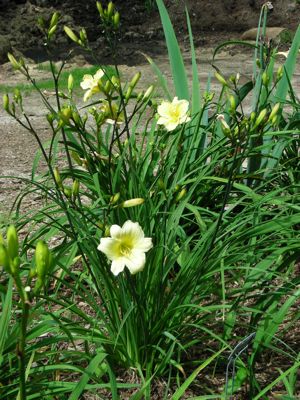
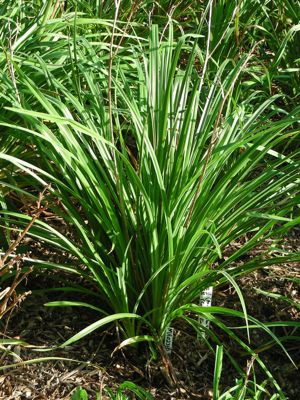

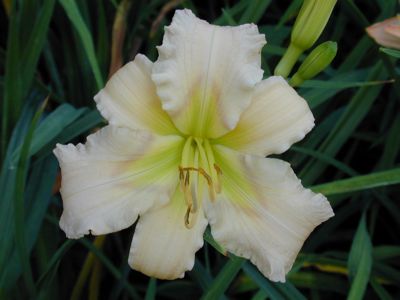
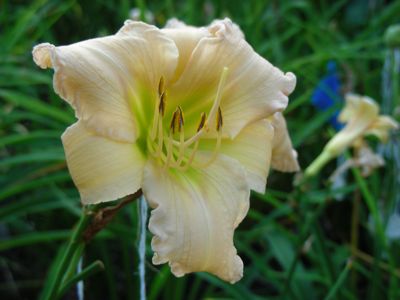
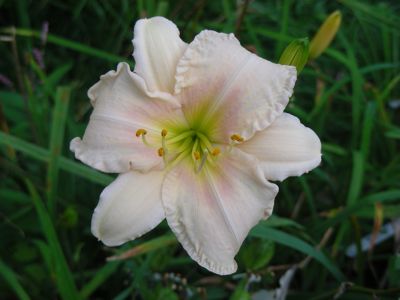
.jpg)
